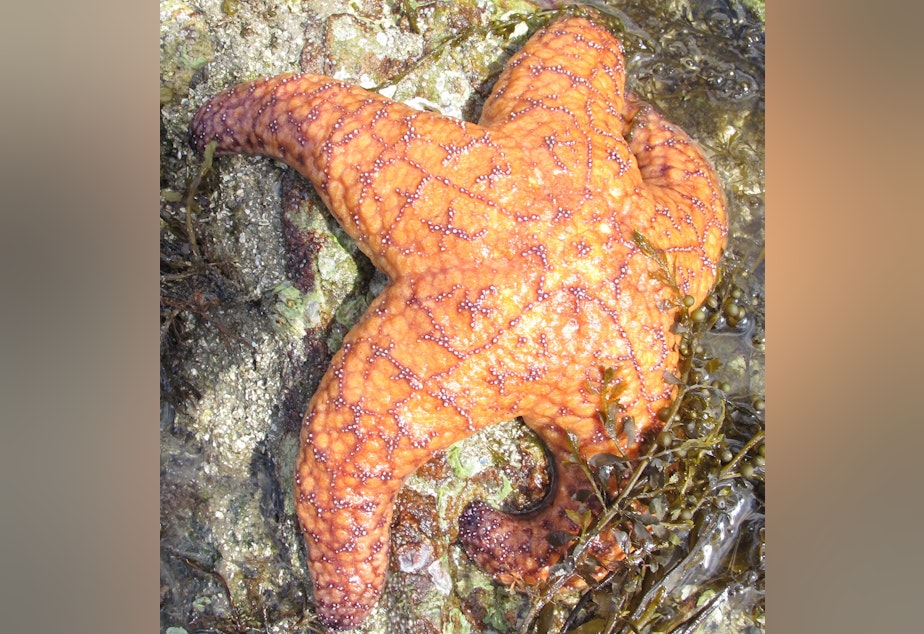'Best day ever.' Scientist celebrates recovering sea stars

Earlier this week, a scientist in the San Juan Islands tweeted: “Best day ever."
What triggered her joy?
Sea stars. Hundreds of healthy, colorful sea stars.
A few years ago, a mysterious disease started killing multiple species of sea stars along the West Coast at devastating rates.
This was concerning to scientists because sea stars are voracious predators — they are able to control populations of other sea creatures like mussels, clams and urchins.
But some sea stars in the Pacific Northwest appear to be recovering. A species known as ochre sea stars, the orange and purple ones you might have spotted at low tide, seem to be stabilizing around the San Juan Islands.
Drew Harvell, an ecology professor at Cornell University and an affiliate professor at the University of Washington, said they’re finding stable populations at multiple sites being monitored in that area.
“And virtually all of the stars, except for maybe one or two, were healthy. So that was really good news,” she said.
Sponsored
What really made Harvell happy was what she found at a site on Orcas Island that was home to thousands of ochre stars before the outbreak.
Her team counted nearly 500 ochre stars at the site and saw a resurgence in orange stars.
Harvell said different colored stars have died more rapidly than others during this epidemic and at quite a few sites it seemed the orange stars were taking a hit.
“At most of our sites we only have the purple ones left,” Harvell said. “But at this one site there were just so many of the orange ones that we were happy to see them and happy to see that they had obviously survived or re-migrated back following the epidemic.”
Harvell said it’s a relief to see that ochre stars seem to be pulling through okay after the outbreak.
Sponsored
"We have hopes that perhaps the ochre star has evolved resistance to this pathogen," Harvell said. "We know the agent is still out there, we’re still seeing losses of stars in some places and times and for some species, so the fact that the ochre star is looking pretty good is a great sign."
Harvell said researchers in California are exploring the possibility of evolution of resistance in the species.
While all of this is good news, sea stars along the West Coast aren’t out of the woods yet.
Harvell said ochre stars around the San Juan Islands are still about 70 percent below their pre-outbreak numbers. Other species, like the giant sunflower sea star, have not rebounded and are imperiled.
If you happen to be in the San Juan Island area and see an ochre star at low tide, Harvell encourages people not to touch or disturb them.




